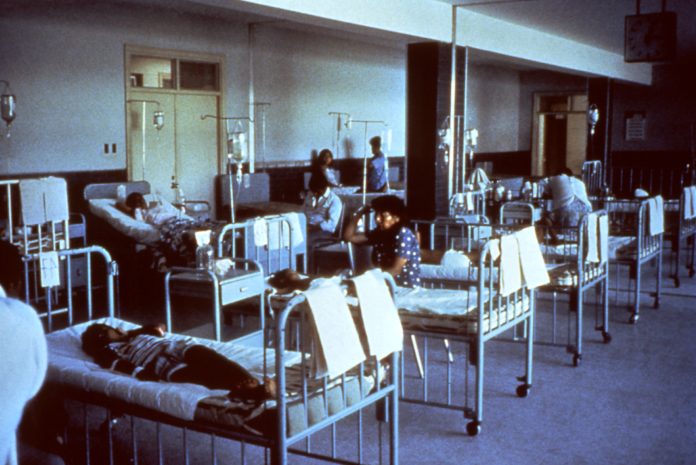Experts call for immediate measures in to ensure hospitals reduce noise pollution and patients are better prepared
Noise pollution it seems is everywhere. Including hospitals where it is high enough to hamper patients’ recovery.
In an editorial published in the BMJ, researchers from King’s College London and the University of the Arts London (UAL) argue that it is a worsening problem, with levels regularly exceeding international recommendations.
“Even in intensive care units, which cater for the most vulnerable patients, noise levels over 100dB have been measured, the equivalent of loud music through headphones,” said lead author Dr Andreas Xyrichis.
Noise in hospitals is known to hinder communication among staff, causing annoyance, irritation and fatigue, and detrimentally impact the quality and safety of healthcare. High noise levels and noise-induced stress impact negatively on staff performance and wellbeing, compromising caring behaviour and contributing to burnout.
Alarms, televisions, rattling trolleys, and ringing phones, as well as staff, visitor, and patient conversations… some find the sound of the tea trolley pleasing, associating it with receiving a warm drink
The team highlight that it can also impact a patients’ ability to rest, heal and recover, since it has been linked to the development of ICU psychosis, hospitalisation-induced stress, increased pain sensitivity, high blood pressure and poor mental health.
“We know hospital noise has disruptive consequences for sleep – machine sounds in particular have a greater negative effect on arousal than human voices. Post-hospitalisation recovery is also compromised. For example, coronary care patients treated during noisy periods were found to have a higher incidence of rehospitalisation compared to those treated during quieter periods,” explained Andreas.
Patients report that hospital noise can have a cumulative effect on their hospital experience. Patients who are in hospital for several nights are left feeling trapped and stressed, leading to requests for premature discharge from hospital and heightened risk of trauma and readmission.
The team from King’s and UAL believes that the following areas urgently need to be addressed:
• Noise is often incorrectly associated with high sound pressure levels (SPLs). Dripping taps for example, may register low SPLs yet still be considered noisy. Prioritising SPL reduction does not ensure improved noise perception. Therefore, a new approach is needed, one that views the hospital soundscape as a positive and malleable component of the environment.
• There are a number of potential sources of noise in hospitals. Alarms, televisions, rattling trolleys, and ringing phones, as well as staff, visitor, and patient conversations. However, not all of them are perceived as noise by patients – for example, some find the sound of the tea trolley pleasing, associating it with receiving a warm drink. Research has also shown that some ICU patients welcome ringing telephones as a sign that they are not alone. So far ways to measure patients’ perceptions of noise are limited, and more research investment is needed in this area.
• Patients and families need clear information about likely noise levels during admissions, so they are better prepared in advance, and can consider simple solutions such as headphones with their own choice of audio content. Education for staff is also needed, to encourage a culture that considers noise reduction an integral part of safe high quality healthcare.


